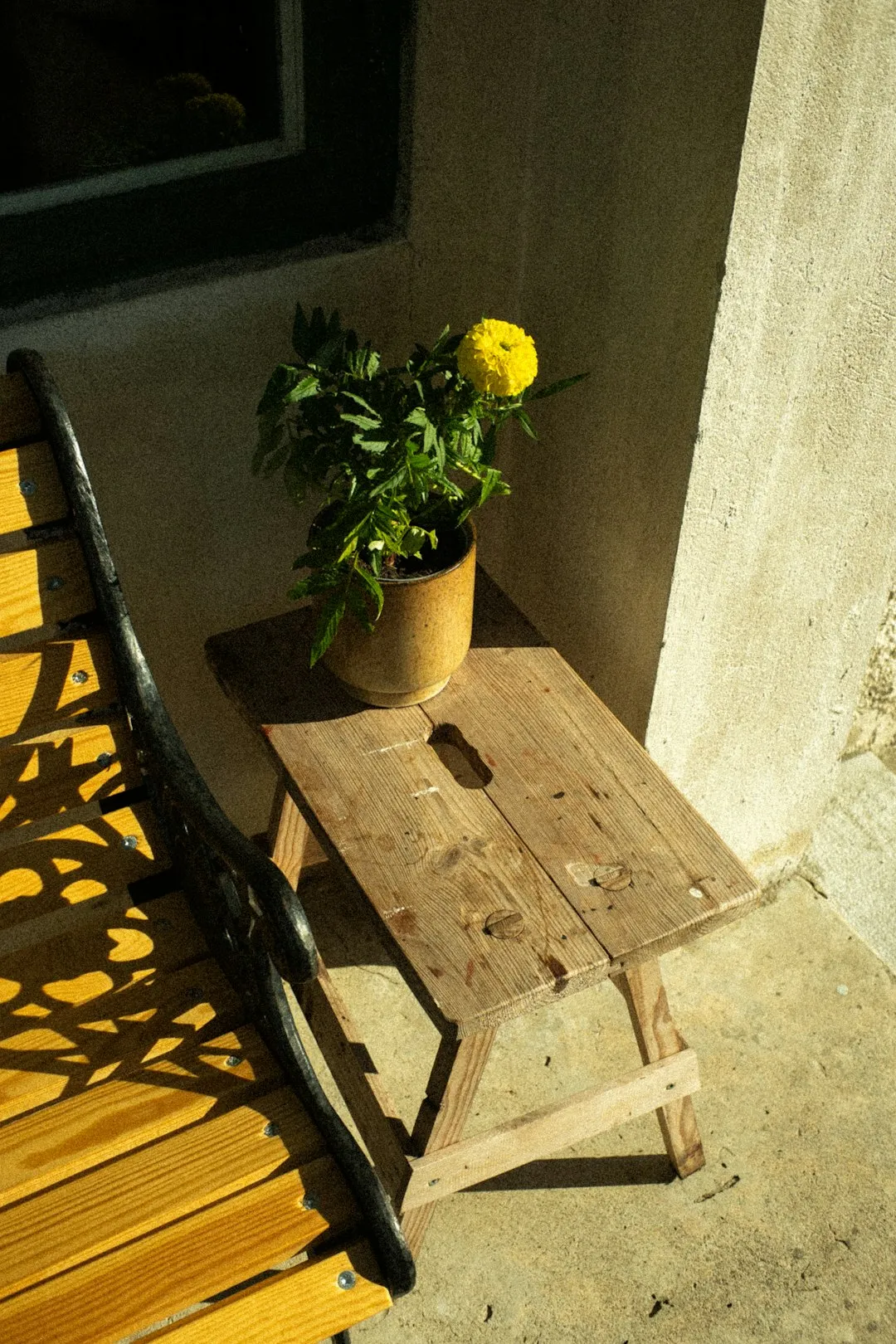The Art of Taming Your Monstera: Pruning Secrets

Houseplants have become a staple in many homes, adding a touch of nature and a breath of fresh air to our living spaces. Among the most popular houseplants is the Monstera, known for its large, distinctive leaves and its ability to thrive indoors. However, as these plants grow, they can quickly outgrow their allotted space, becoming unruly and difficult to manage. That's where pruning comes in.
Pruning a Monstera is not just about keeping it in check; it's also about promoting healthy growth and ensuring the plant's overall well - being. But how and when should you prune your Monstera? Let's delve into the details.
Why Prune Your Monstera?
There are several reasons to prune your Monstera. Firstly, as mentioned earlier, it helps control the size of the plant. A Monstera can grow quite large, and if left unpruned, it may take over a room. By pruning, you can keep it at a manageable size that fits your living space.
Secondly, pruning promotes new growth. When you remove old or damaged leaves, the plant can redirect its energy towards producing new, healthy foliage. This can result in a bushier and more vibrant Monstera.
Lastly, pruning can improve the plant's appearance. Removing yellowed, brown, or diseased leaves can make your Monstera look more attractive and aesthetically pleasing.
When to Prune
The best time to prune your Monstera is during its active growing season, which is typically in the spring and summer. During this time, the plant is more resilient and can recover from pruning more quickly. Avoid pruning in the fall and winter when the plant is in a dormant state, as it may not have the energy to heal properly.
How to Prune
Before you start pruning, make sure you have the right tools. You'll need a sharp, clean pair of pruning shears or scissors. Dull or dirty tools can damage the plant and introduce diseases.
Step 1: Inspect the Plant
Take a close look at your Monstera and identify the leaves and stems that need to be pruned. Look for yellowed, brown, or damaged leaves, as well as any stems that are growing in an undesirable direction.
Step 2: Make the Cuts
When making cuts, it's important to do so at the right angle. Cut the leaves or stems at a 45 - degree angle, close to the main stem or the base of the plant. This helps the plant heal more quickly and reduces the risk of infection.
Step 3: Remove Dead or Dying Leaves
Start by removing any dead or dying leaves. These leaves not only look unsightly but can also attract pests and diseases. Gently pull them off or use your pruning shears to cut them away.
Step 4: Trim Overgrown Stems
If there are any overgrown stems, you can trim them back to control the size and shape of the plant. You can also choose to propagate these cuttings. Simply place the cut stem in a glass of water, and roots will eventually develop.
Step 5: Clean Up
After pruning, clean up any fallen leaves or debris around the plant. This helps keep the area clean and reduces the risk of pests and diseases.
Aftercare
Once you've finished pruning your Monstera, it's important to provide proper aftercare. Water the plant as usual, but be careful not to overwater. Place the plant in a well - lit area, but avoid direct sunlight, as this can cause the newly pruned areas to burn.
Monitor the plant closely over the next few weeks. You should start to see new growth within a few weeks, which is a sign that the pruning was successful.
In conclusion, pruning your Monstera is an essential part of caring for this popular houseplant. By following the right techniques and timing, you can keep your Monstera healthy, vibrant, and within the confines of your living space. So, roll up your sleeves and give your Monstera the pruning it deserves!